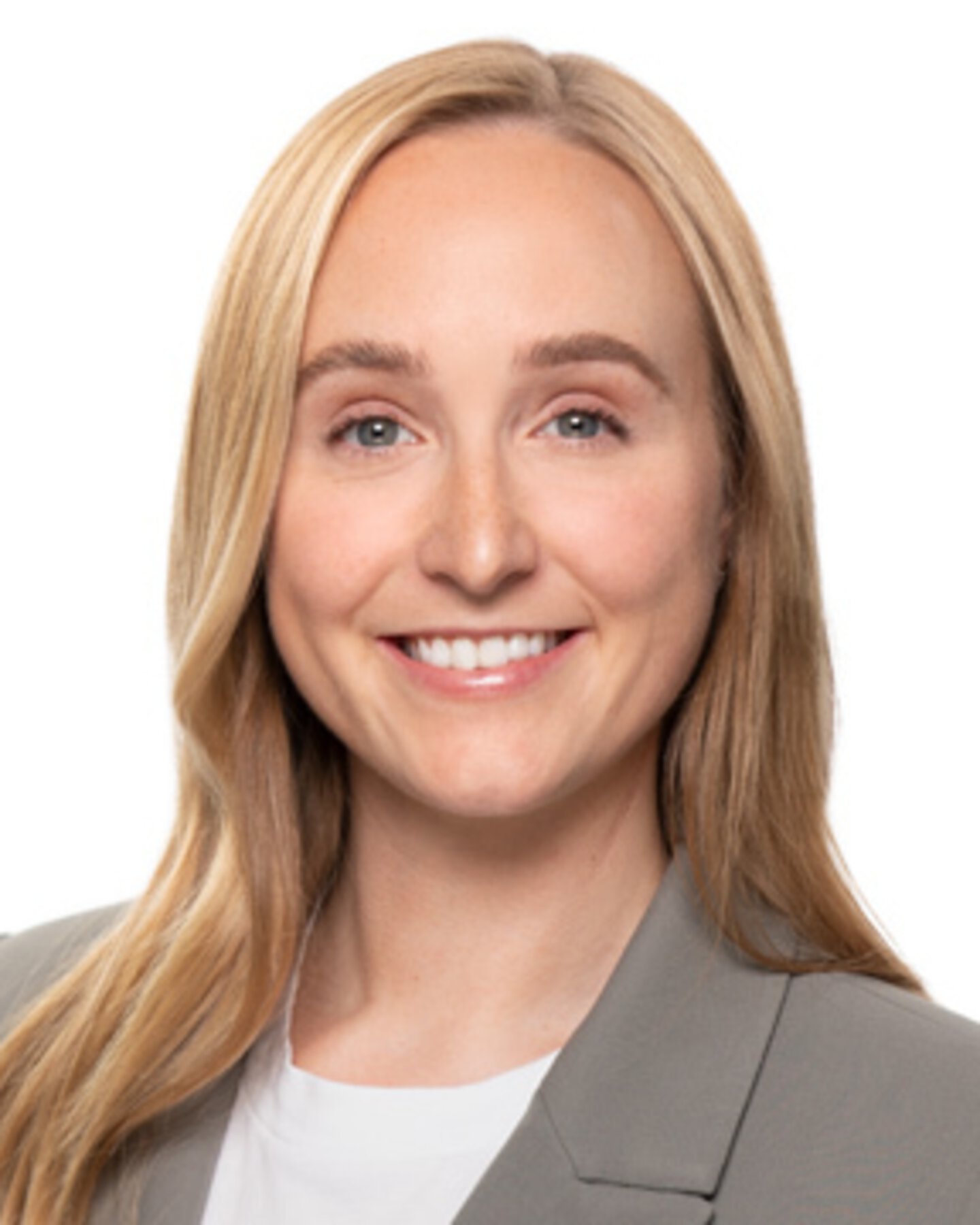
Nine-month figures
Hannover Re raises earnings guidance for 2025
Hannover Re generated a very good Group profit in the first nine months. The company is revising its full-year guidance for 2025 and publishes targets for 2026.
Loading ...
Corporate news
Loading News
External Communications contacts

Oliver Süß
External Communications

Silvia Schäfermeier
External Communications
Phone: +49 511 5604-1053Mail to: Silvia Schäfermeier
Jessica Locker
External Communications
Phone: +49 511 5604-1599Mail to: Jessica Locker
Verena Lilge
External Communications
Phone: +49 511 5604-0101Mail to: Verena Lilge
Arne Ellerbrock
External Communications
Phone: +49 511 5604-4363Mail to: Arne Ellerbrock